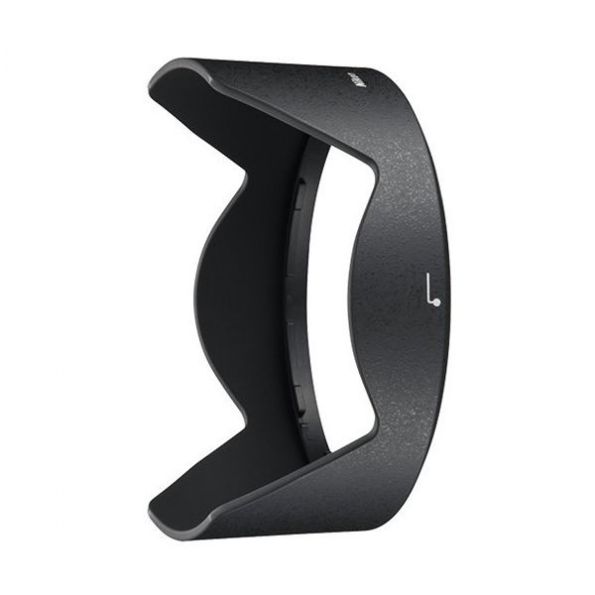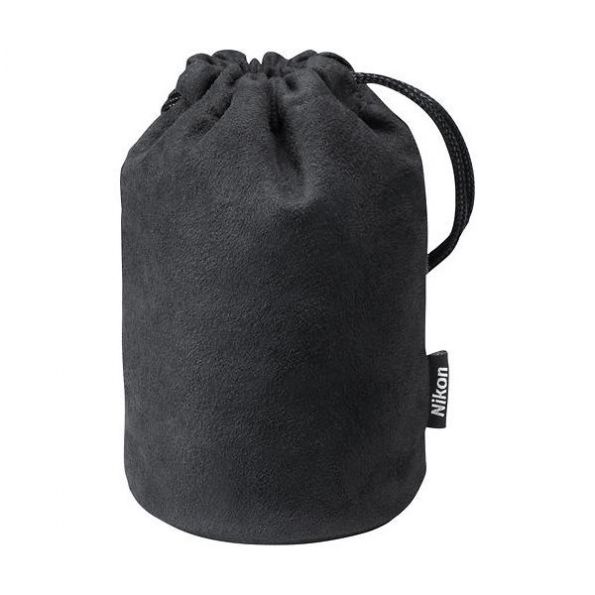The 24mm ƒ/1.4G does fairly well to restrict distortion, showing a consistent +0.3% barrel distortion in the corners when mounted on the D300s. On the D3x, there's slightly more distortion, with a maximum result of +0.5%.
Autofocus Operation
The 24mm ƒ/1.4G uses an AF-S focusing motor, making it compatible with all modern Nikon camera bodies. Autofocus is fast, about one second to slew through infinity to closest focus, and is near silent. Autofocus results can be overridden at any time by just turning the focus ring.
Macro
The 24mm ƒ/1.4G makes a poor macro lens, with just 0.18x magnification and a minimum close-focusing distance of 25cm (just under a foot).
Build Quality and Handling
The 24mm ƒ/1.4G is fairly large for a prime lens, at 620 grams (just under 22oz). The balance feels good on larger cameras, but on smaller bodies, the weight of the lens makes the combination a bit front-heavy. The lens mount is metal and the 77mm filter threads are plastic.
As the price point will attest, Nikon views this lens as fairly exotic, however it doesn't sport many premium features other than top-notch build quality. That said, it probably doesn't need things like a focus limiter or vibration control. Its only switch is an autofocus / manual focus selector; other features include a windowed distance scale, with a depth-of-field markings for ƒ/11 and ƒ/16. There is an infrared index, and the lens will focus past infinity. As you would expect, attached 77mm filters will not rotate on the front element.
The 3/4-inch wide focus ring is rubber, a series of ribs running parallel to the body of the lens. A slight increase in resistance lets you know you've reached the end of the focusing distance, but the ring will continue to turn. There is no lens extension during autofocusing. The lens uses nine rounded diaphragm blades to make up the aperture, which should produce pleasing out-of-focus elements.
The HB-51 lens hood around 1 5/8 inches in depth. The hood is a bayonet-mount that reverses onto the lens for easy storage, but denies access to the focus ring in this configuration. The lens is nicely resistant to obvious flare from bright light sources such as the sun, but the hood works well to reduce generalized veiling flare.













































